Do you have a question about the BRK electronic 4120B and is the answer not in the manual?
General introduction to the BRK Electronics smoke alarm product line.
Explains the differences and effectiveness of ionization and photoelectric detection types.
Provides protection during power outages; easy installation.
Interconnectable; do not operate during power failure; require electrician.
Interconnectable; operate during power failure; require electrician.
Special units with visual/audible alarms for accessibility.
Diagrams and recommendations for single-family and multi-family homes.
Specific advice for mobile homes and NFPA recommendations.
Avoids areas with combustion particles, humidity, dust, drafts, or extreme temperatures.
Provides diagrams and recommendations for flat, sloped, and peaked ceilings.
Covers shock hazards, power sources, and wiring advice.
Details normal, test, and alarm conditions for AC/DC power.
Describes essential components for mounting and power connection.
Explains how to use features to prevent unauthorized removal.
Provides step-by-step instructions for securing the battery.
Details the process for securing the alarm to its bracket.
Identifies unit parts and describes initial battery activation.
Provides detailed, step-by-step instructions for single unit installation.
Explains earlier warning and lists compatibility and wiring needs.
Provides diagrams and detailed steps for connecting multiple alarms.
Instructs on testing frequency, cleaning, and battery replacement.
Guides users on immediate actions and escape plans during an alarm.
Explains how to temporarily quiet an alarm for specific models.
Covers escape plans, alarm placement, and general fire prevention.
Provides guidance on steps to take during a fire emergency.
Outlines checks before returning the unit for service.
Addresses issues like false alarms, chirping, and testing failures.
Discusses the unit's use in various residential, institutional, and commercial settings.
Covers power, detection, audibility, and product longevity.
Details the terms, conditions, and service procedures for the warranty.
| Battery Backup | 9V Battery |
|---|---|
| Alarm Sound Level | 85 dB at 10 feet |
| Test/Silence Button | Yes |
| Hush Feature | Yes |
| Mounting | Ceiling or Wall |
| Weight | 0.5 lbs |
| Warranty | 10-year limited warranty |
| Sensor Type | Ionization |
| Power Source | Hardwired |
| Interconnectivity | Up to 18 devices |
| LED Indicator | Yes |

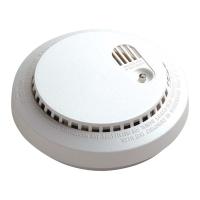
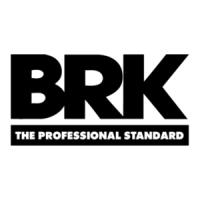

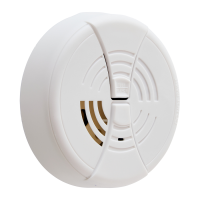
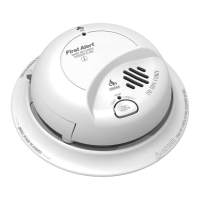
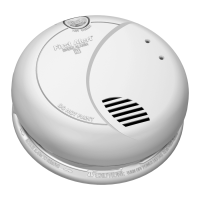
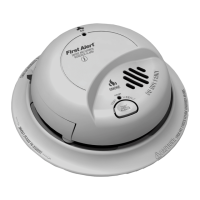

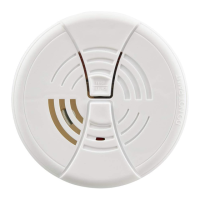

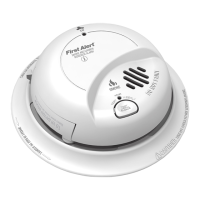
